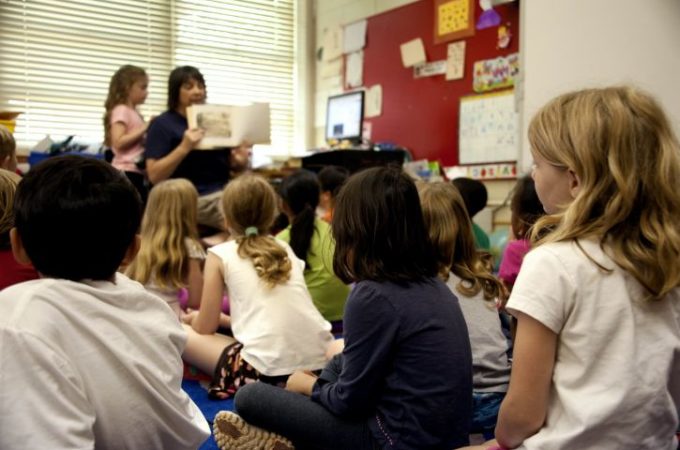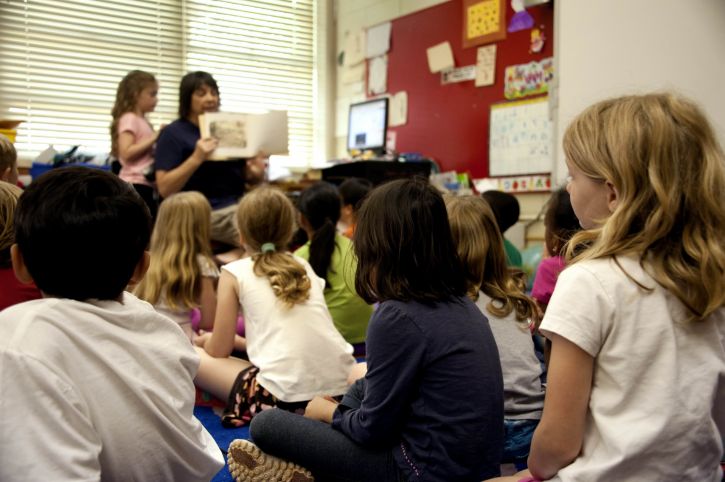Every memory that I have of school is of sitting; cross-legged on the floor at circle time, in front of neatly lined-up desks, and squished in narrow lecture hall seats. Based on my experience, sitting certainly did seem to equal learning — it is where I took tests, read aloud, and listened to teachers give lessons and lectures. But is sitting actually required to learn?
Is a child learning while wiggling around in their seat during math class?
How about when a child is beating on a drum during music?
What about a child who is climbing to the top of the jungle gym during recess?
I think we would all agree there is learning happening in all of the above examples. Although the body is moving around and not still, there is still considerable attention and focus being placed on the activity in the moment. In fact, one could argue that the movement is enabling and supporting the learning — it is as though without the movement, it would be more challenging to learn. If that is the case, then why do we still require children to sit still during circle with their legs “criss-cross applesauce”? Why do we demand sedentary children in the classroom if it is not required to learn and for some children may actually hinder their ability to do so?
There is growing research that demonstrates the value of exercise and movement on learning as well as wellness, mental health, and stress. Think about the reports investigating the “dangers of prolonged sitting” for adults, . We are encouraged to go for walks during lunchtime and take breaks to stretch while working on the computer in order to promote good health. In John Ratey’s Spark: The Revolutionary New Science of Exercise and the Brain, he connects exercise with better thinking and memory. Wouldn’t this also apply in the classroom for our children?
Rae Pica describes this phenomenon in her book What If Everybody Understood Child Development, she reminds us that “Today we have research showing that the more senses used in the learning process, the higher the percentage of retention”. Since there is actual brain research showing that the brain is more active during physical activity than while sitting, we need to think carefully about how we can be more flexible in supporting children’s learning in the classroom.
What do you think? How do you do your best learning?
—
Pica, R. (2015). What If Everybody Understood Child Development? Corwin A Sage Company: Thousand Oaks, CA.
Ratey, J. (2008). Spark: The Revolutionary New Science of Exercise and the Brain. Little, Brown and Company: New York, NY.



